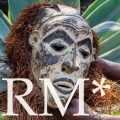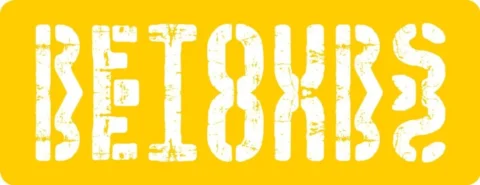Mongolia opened its doors to foreigners in the middle of the 19th century.
For the next 100 years, many of the scientific expeditions excavated major historical sites such as the former capital city Karakorum, the ancient town of Khara-Khoto in the southern Gobi and the Xiongnu burial mounds in the Noyon-Uul mountains.
After Mongolia’s independence from China (1921), the country was closely aligned with the Soviet Union and the Soviet Union’s scientific community made important archaeological, geographic and ethnographic discoveries.
Currently, the recovery of objects held in Russia is a key priority. In 2022, the brand new Chinggis Khaan National Museum in Ulaanbaatar opened its doors.
Many of the more important exhibits in this Museum are replicas – the originals are still held either in the State Hermitage Museum in Saint Petersburg or in the National Palace Museum in Taiwan.
This has led Mongolians to become more outspoken in demands to see the repatriation of what legally belongs to them.


